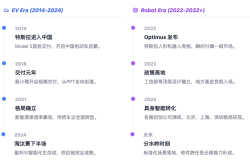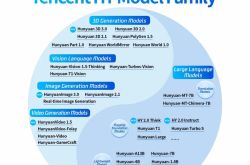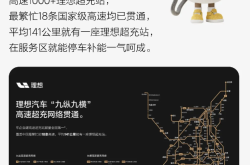Massive Uplink: A Critical Demand in the AI Era
![]() 06/25 2025
06/25 2025
![]() 907
907
With a single command, multiple applications spring into action, intelligently orchestrating your entire experience of dining, entertainment, and leisure; robots stroll serenely, accompany their owners to the podium, survey the surroundings with penetrating eyes, and then gracefully wave to the audience. At this year's Mobile World Congress (MWC) Shanghai, 5G-Advanced (5G-A) and Artificial Intelligence (AI), the two "star" technologies, debuted together, bringing scenes that once belonged solely to science fiction to vivid life.
These intelligent applications paint an exhilarating picture of the future, but as a communications professional, have you delved deep into the network's core, following the flow of data, and faintly hearing the alarm bell of the times? This AI revolution will bring unprecedented challenges to the uplink of mobile networks, and only by building an unparalleled uplink capability can mobile networks truly shoulder the dreams of the era.
AI Is Accelerating Beyond Imagination
At this year's MWC Shanghai, a set of data was startling: 70% of newly shipped terminals globally already possess native AI capabilities, 90% of the top 100 global applications have access to generative AI, and the number of monthly active AI users has surpassed 1.2 billion. Everyone knows that AI is advancing rapidly, but not at this pace.
AI is not only gaining popularity at the terminal and application layers but its evolutionary prowess also far surpasses imagination. In just over two years, it has transformed from a single-task, instruction-responsive content generation tool into an intelligent assistant capable of aiding humans in completing a series of complex operations. For instance, you only need to say "I want a cup of coffee" to your phone, and Honor YOYO can automatically link multiple applications to complete menu browsing, ordering, payment, and order tracking; or say "I want to play Black Myth: Wukong", and the "Cloud Intelligence Phone" can seamlessly connect the cloud and local environments, allowing you to enjoy stunningly rendered 3A games anytime, anywhere.
This trend heralds the era of agents. As an evolved version of generative AI, agents can not only comprehend and generate multi-modal content such as text, images, and videos, read human language, gestures, expressions, and complex surroundings, but more impressively, they can decompose human instructions into multiple sub-tasks and accomplish autonomous decision-making and execution through cross-application, cross-device, and multi-domain coordination and dynamic adaptation, ultimately fulfilling human desires. The industry widely believes that agents will be the next wave following generative AI. Huawei predicts that by 2030, there will be nearly 10 billion personal AI agents globally, with each individual equipped with a dedicated intelligent assistant.
With the relentless evolution of agent technology and the continuous expansion of application scenarios, the human-computer interaction model will also undergo profound transformations: we will no longer rely on traditional interfaces like touchscreens and keyboards, and can naturally communicate with agents and complete task instructions through voice, gestures, and even eye contact. The human-computer interaction experience will become smoother and more akin to human habits, with every interaction between humans and agents feeling like communicating with a real person.
Massive Uplink Becomes a Critical Demand
It is not difficult to comprehend that whether it is the era of generative AI or the emerging era of agents, it is essential to upload multi-modal data such as text, images, audio, and video to cloud AI for processing, which inevitably places greater pressure on the network's uplink traffic.
However, what deserves greater attention from the industry is that this year's MWC Shanghai also conveyed another deeper challenge: the pressure on network uplink speed in the mobile AI era is not merely about the "surge in data volume" but also about the extreme requirement for the "human-computer interaction response time".
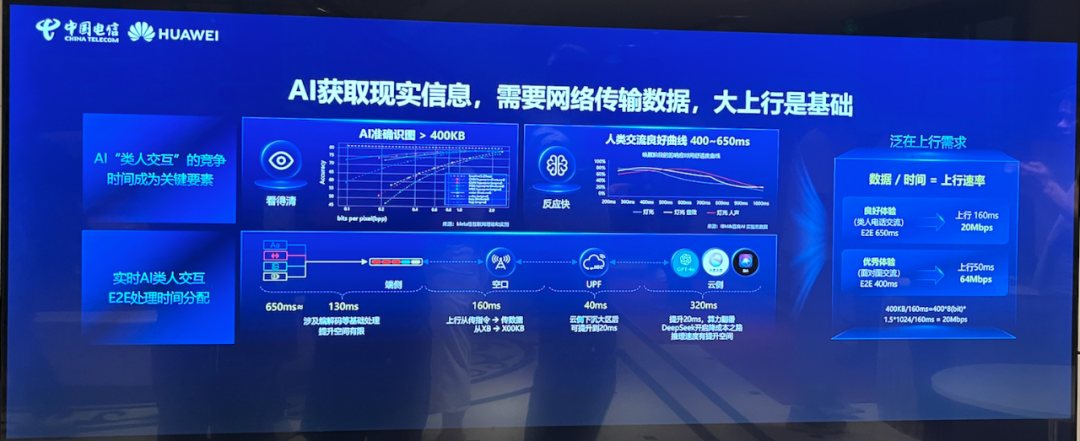
Let's start with a personal experience in daily life: when people communicate, if the other person responds even slightly slowly, it can make people feel uncomfortable or unnatural. Next, please remember a simple yet crucial formula: Speed = Data ÷ Time. Research indicates that if a 400KB image is uploaded to the cloud AI for processing, and to achieve an interactive experience akin to making a phone call, the network uplink speed needs to be at least 20Mbps; to achieve an experience similar to face-to-face communication, it needs to be increased to 64Mbps. Even when conversing with an AI voice assistant, although the amount of voice data is small, to achieve a natural and seamless experience comparable to face-to-face communication with a real person, several Mbps of uplink speed support is still required.
And as we enter the era of agents, this demand for both "transmitting more" and "transmitting faster" becomes increasingly prominent, further exacerbating network uplink pressure. Imagine when an agent replaces humans to independently complete online shopping or book travel itineraries, it will meticulously browse webpages, click menus, search for products, compare prices, and check details item by item like a real person. Throughout the entire process, it will keep "staring" at the screen, continuously taking snapshots, and uploading them to the cloud or edge AI for processing. Such a series of complex operations necessitate multiple multi-modal interactions between the terminal and the cloud or edge within a short period, inherently requiring a higher uplink speed.
Another example, in the future, you only need to wear smart glasses, and the agent can assist you in repairing household appliances. It will use the camera to identify the fault point, help you order parts, find repair manuals, and guide you through the repair process. This may require uploading denser data to the cloud or edge multiple times in a short period, thereby placing higher demands on the network uplink speed.
In summary, the mobile AI era is catalyzing a profound revolution in human-computer interaction and also compelling mobile networks to carry more uplink data in a shorter period, posing unprecedented challenges to uplink speed.
Preparing for the Future
The trend is set, and the future is upon us. Faced with the rolling wave of the era of agent AI, enhancing the uplink capability of mobile networks is no longer a question of whether to do it but how to do it effectively. For many years, as people primarily consumed digital content by watching videos and downloading files, more than 80% of mobile network traffic was carried by the network downlink, and mobile networks were primarily designed and optimized for downlink. Now, confronted with the growing demand for uplink speed in the era of agents, how should the industry break the existing paradigm and find new solutions?
Fortunately, the industry has already provided the answer. Not long ago, a new record for 5G uplink speed was set. In Zhejiang, China Telecom Zhejiang Branch and China Unicom Zhejiang Branch, in collaboration with Huawei, completed the innovative commercial verification of a 1.8GHz + 2.1GHz dual-band 8T8R base station, and the 5G single-user uplink speed surpassed 1.1Gbps, setting a new global record for 5G uplink. The dual-band 8T8R base station used in this test boasts an FDD large bandwidth capability of 95MHz for both uplink and downlink, combined with uplink carrier aggregation (CA) and single-user multiple-input multiple-output (SU-MIMO) technology to significantly enhance the base station's uplink capability.
Coincidentally, China Mobile is also continuously breaking the 5G-A uplink bottleneck and progressing towards the Gbps era. Recently, under the guidance of China Mobile Communications Group Co., Ltd., Zhejiang Mobile, together with China Mobile Design Institute, Research Institute, and Huawei, completed the nation's first large-scale field network technology verification of F/A SUL (Supplementary Uplink) in Hangzhou. The actual test results reveal that, based on commercially available terminals in the current network, the peak uplink speed for a single user exceeds 1Gbps, with consistent performance throughout, laying the groundwork for a uniform human-computer interaction experience in the mobile AI era.
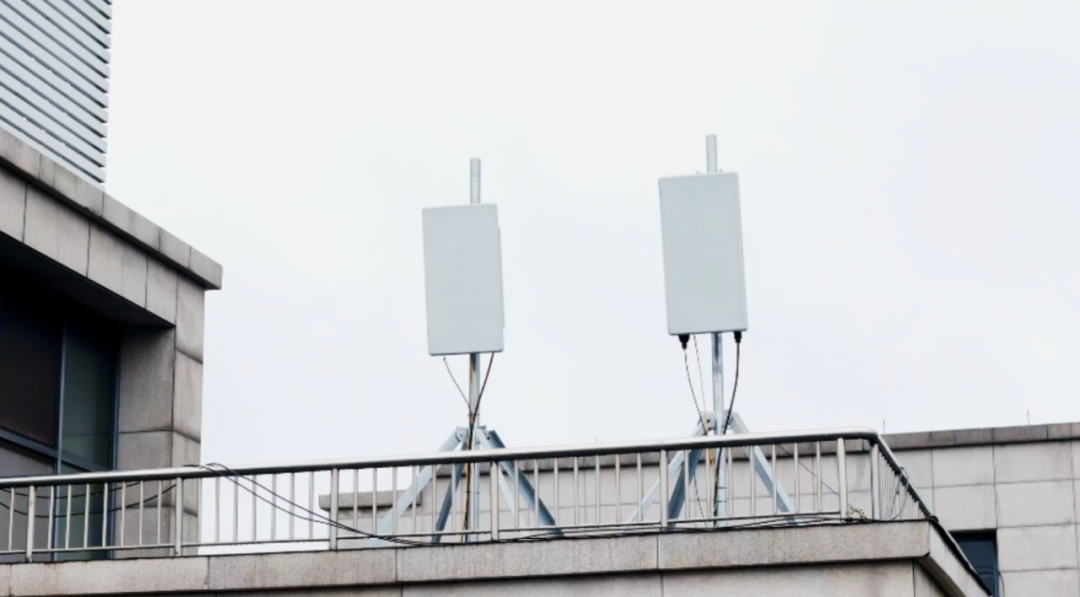
The industry's first F/A SUL large-scale antenna array AAU
The key to this breakthrough lies in innovatively realizing the integration and flexible scheduling of high and low-frequency uplink resources. SUL utilizes the F/A frequency band to continuously receive uplink data while transmitting downlink at 4.9GHz, enabling 100% of the time to be dedicated to receiving uplink. More imaginatively, this technology boasts excellent scalability and can support the superimposition of more SUL frequency bands in the future to further bolster uplink capability.
A human-computer interaction revolution sparked by mobile AI is reshaping everything we are familiar with and simultaneously rewriting the traffic patterns and architectural logic of mobile networks. For the communications industry, only by continuously reconstructing the network capability system through technological innovation can we seize the initiative in this wave. Judging from the above practical cases, the industry is proactively embracing change and accelerating adaptation to this era of transition. It is believed that in the future, with the continuous evolution and large-scale implementation of uplink enhancement technologies, AI interaction will become more human-like, and the industry will unlock new growth avenues and the boundaries of imagination.

